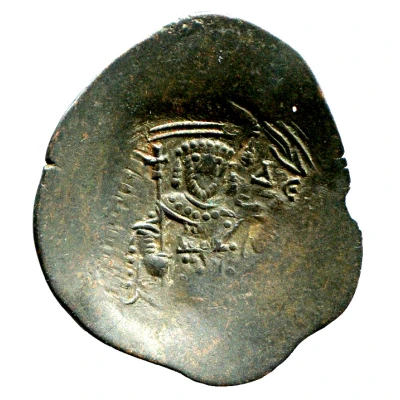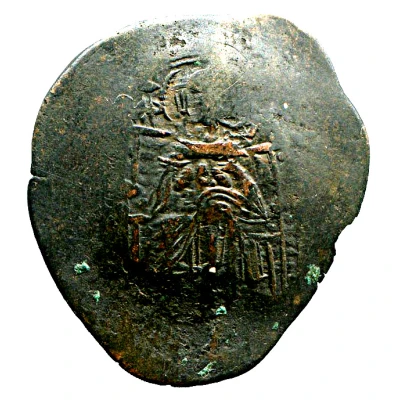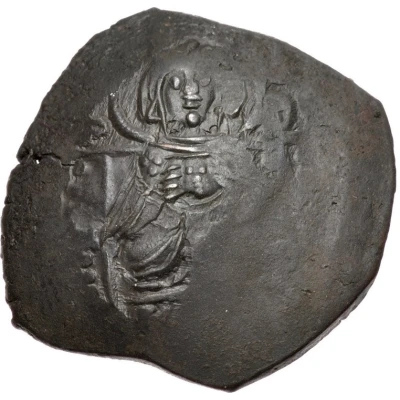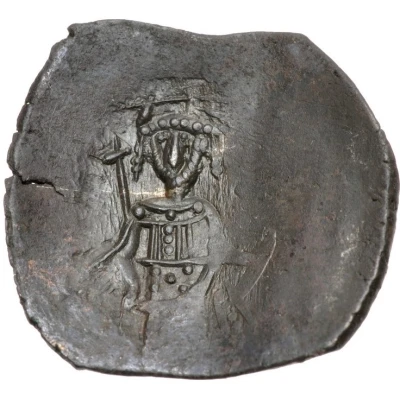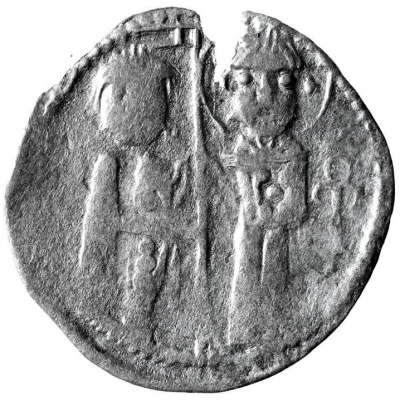
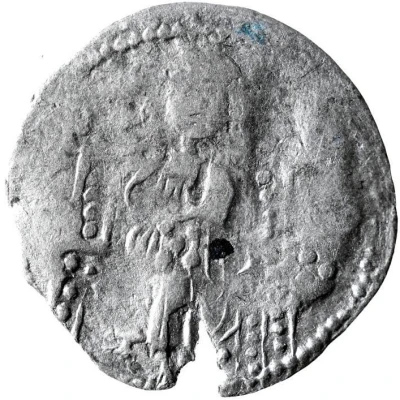

© cngcoins.com
Dinar - Chaka - Early Noghay rule in Bulgaria unknown mint; stamped Tamgas; imitation of Venetian grosso ND
| Silver | 0.82 g | 19 mm |
| Issuer | Second Bulgarian Empire |
|---|---|
| Type | Standard circulation coin |
| Years | 690-693 |
| Value | 1 Dinar |
| Currency | Grosh (1185-1396) |
| Composition | Silver |
| Weight | 0.82 g |
| Diameter | 19 mm |
| Shape | Round (irregular) |
| Technique | Hammered |
| Orientation | Coin alignment ↑↓ |
| Demonetized | Yes |
| Updated | 2024-10-04 |
| Numista | N#231288 |
|---|---|
| Rarity index | 97% |
Edge
Rough
Comment
Initially, when the power is captured by an enemy who has other traditions in the design of his coins, coinage in the conquered territories begins according to the type of former issues and from the same metals, to which the local population is accustomed. This is the law of the monetary business. Therefore, making coins according to the type of the former issues of Bulgaria, but with the Noghai's tamgaInteresting fact
One interesting fact about this coin is that it is an imitation of the Venetian grosso, which was a popular trade coin in medieval Europe. The Venetian grosso was first introduced in the 12th century and was widely used for trade and commerce throughout Europe. The fact that the Dinar - Chaka coin was stamped with Tamgas, which is a form of ancient Bulgarian script, suggests that it was likely produced in Bulgaria during the Early Noghay rule, which was a period of significant cultural and economic exchange between Bulgaria and other parts of Europe.
